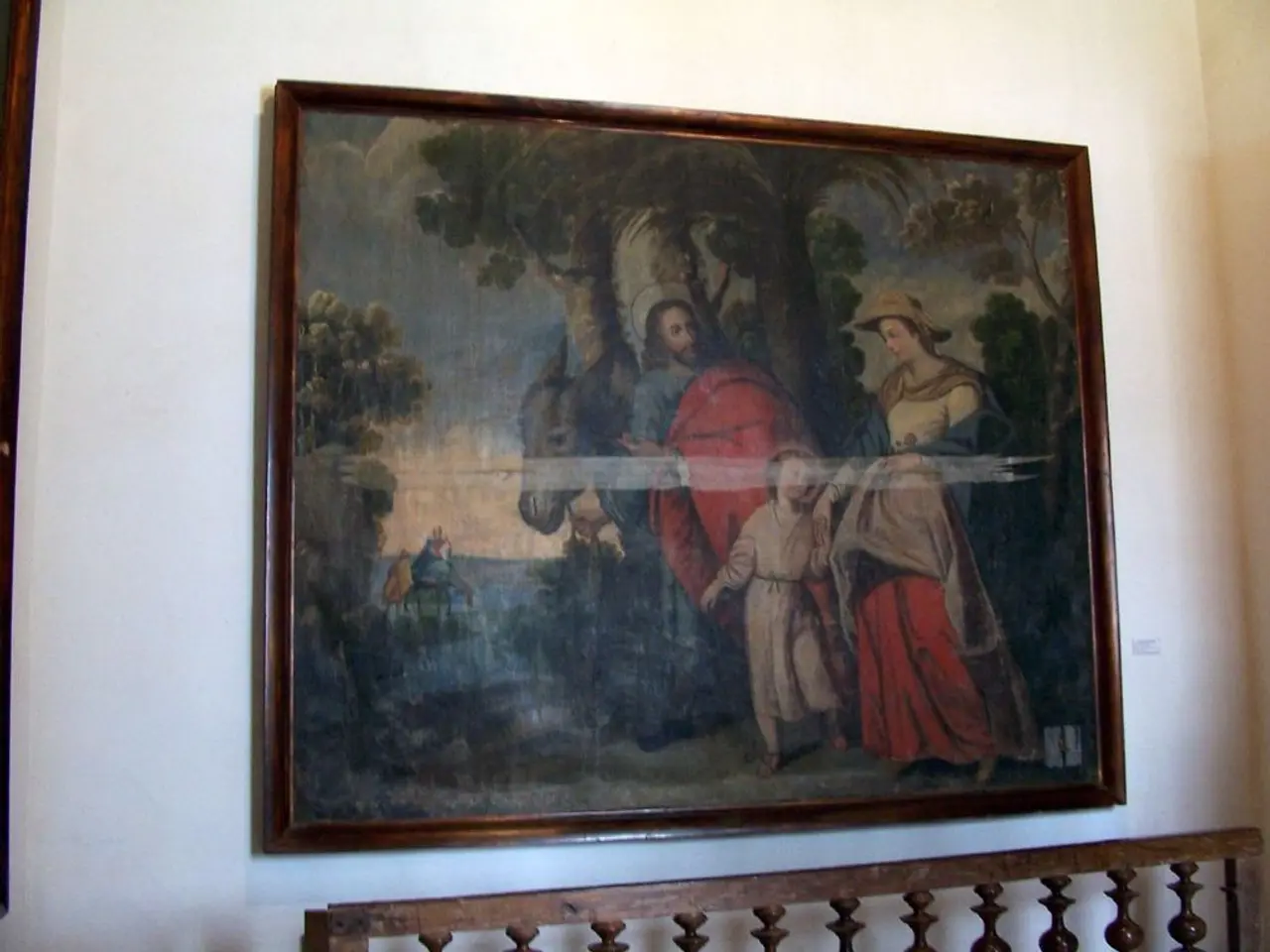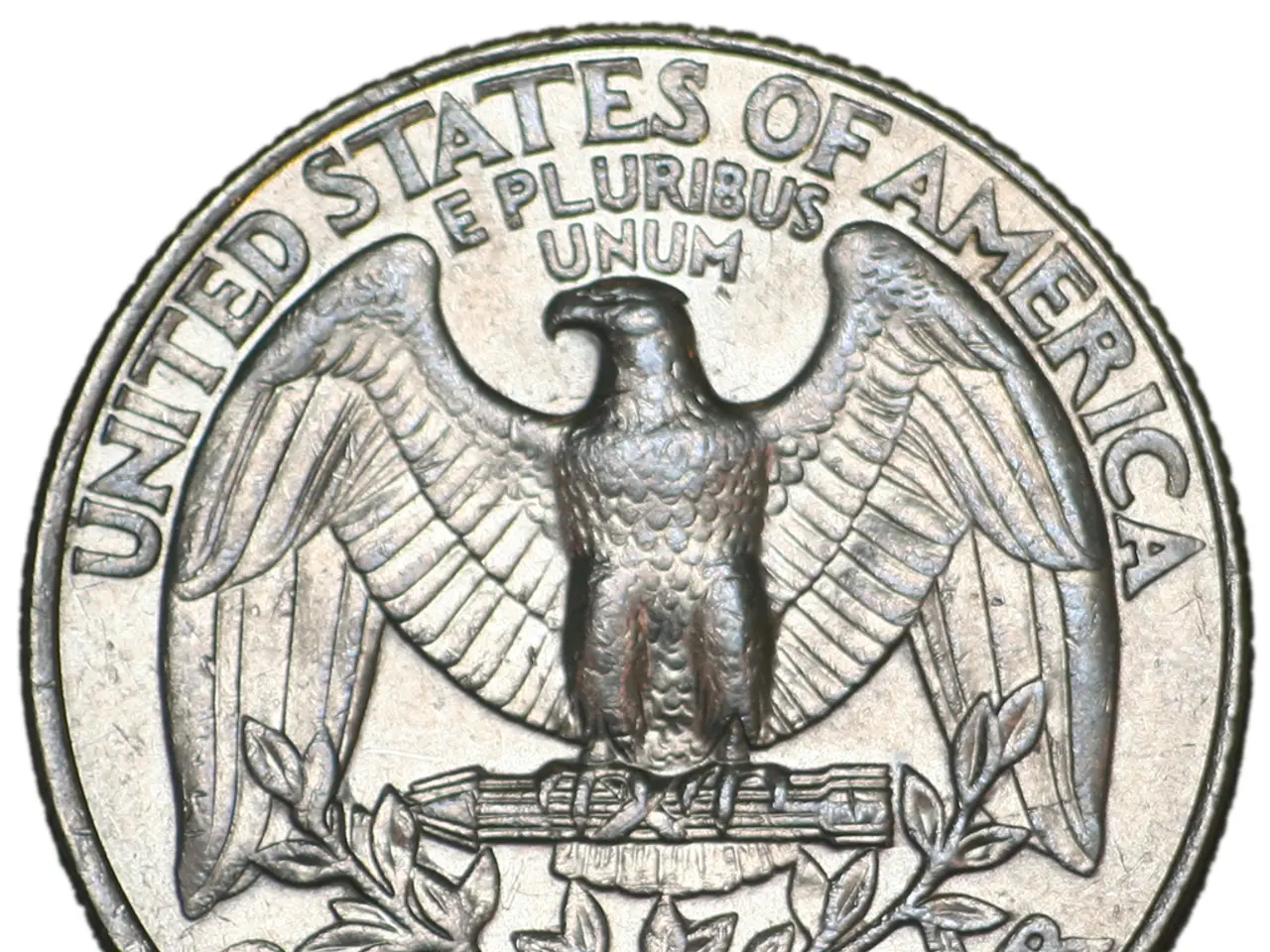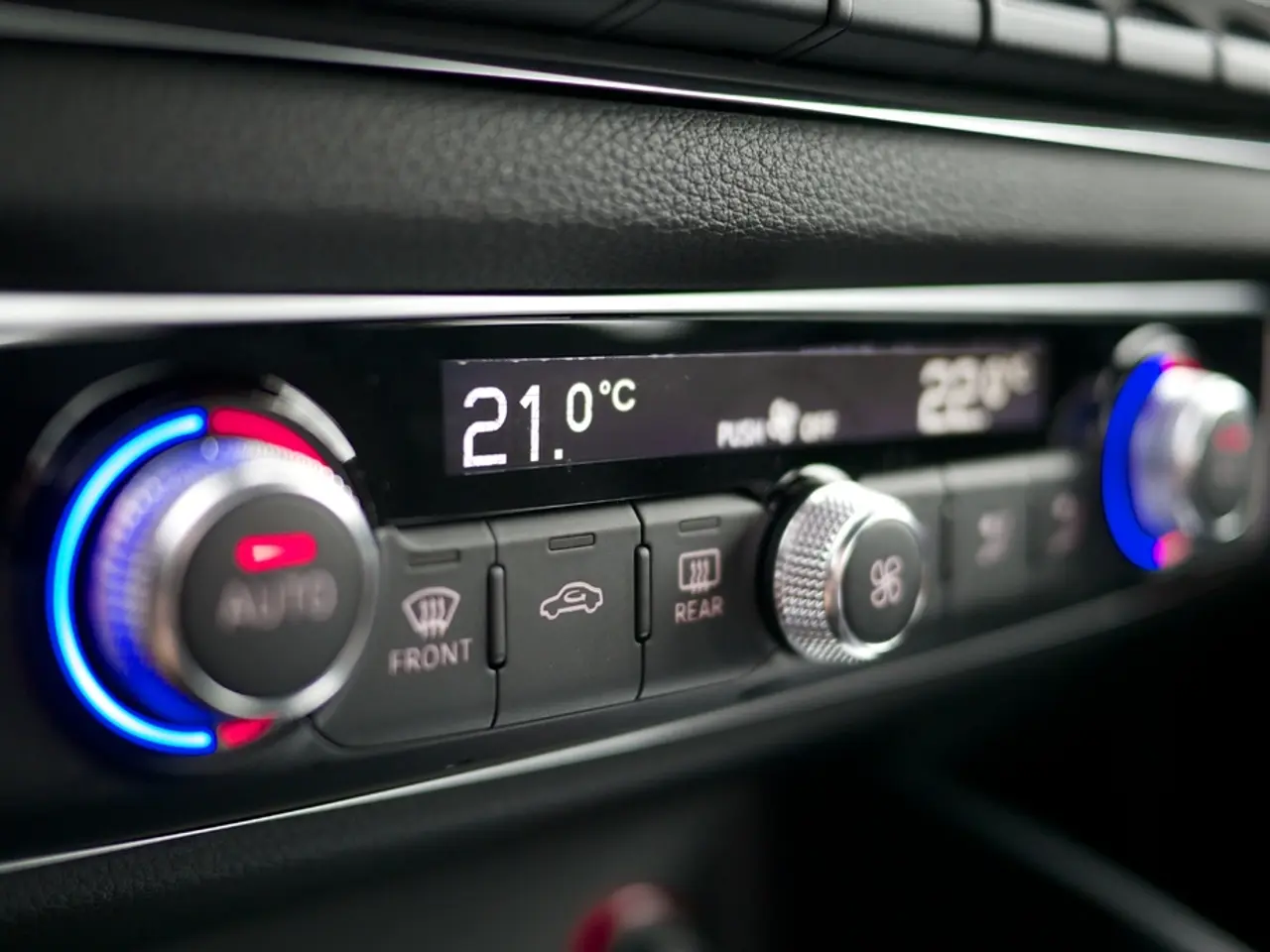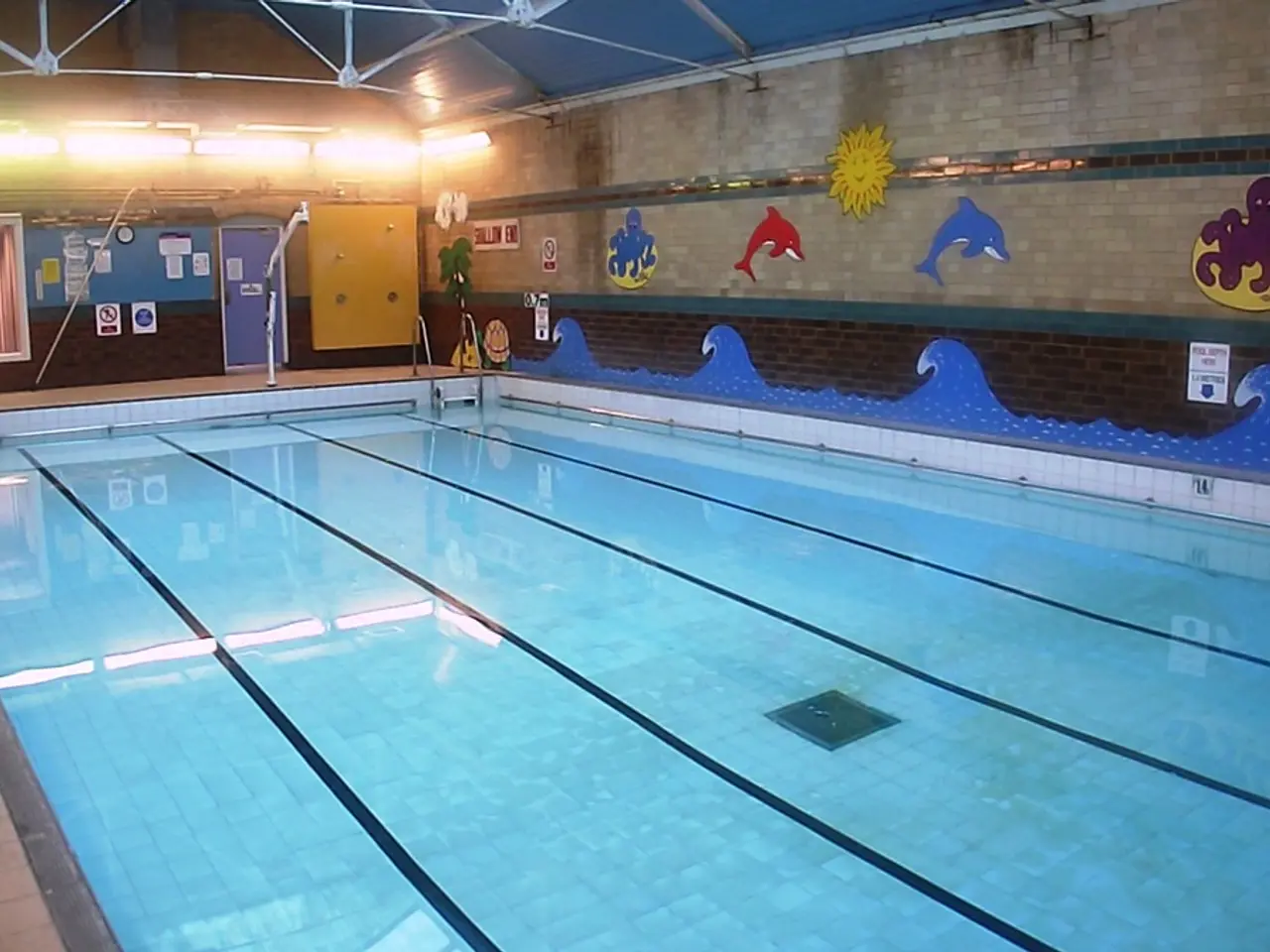The World's Greatest White Paint Displaying Unprecedented Cooling Abilities
In 2021, a groundbreaking discovery was made at Purdue University, where a team of engineers, led by Professor Xiulin Ruan, developed the world's whitest paint, capable of reflecting more than 98% of sunlight [1][2][4]. This ultra-white paint, now further adapted for vehicles, has the potential to revolutionise energy efficiency in automotive and aerospace sectors.
The 2022 lighter-weight version of the paint, suitable for planes, spacecraft, and other vehicles, can reflect 97.9% of sunlight with a thin application [2]. This remarkable reflectivity offers enormous cooling potential, which could reduce the energy load for vehicles like cars and planes by minimising heat absorption.
To adapt the paint effectively for vehicles while maintaining high reflectivity and reducing weight, several considerations and modifications are being explored. Formulation adjustments for lightweight coatings, durability and adhesion improvements, aerodynamic compatibility, integration with functional coatings, and scalability and application methods are all being investigated [1][2][5].
George Chiu, another professor of mechanical engineering at Purdue, has researched the potential cost savings for airlines due to weight and fuel reductions that could result from the lighter-weight paint [3]. Andrea Felicelli, a Purdue PhD student in mechanical engineering, has focused on improving the reflectance and reducing the weight of the paint [4].
The team is also working to ensure their paints can resist dirt and are exploring creating paint in other colours that can still reflect significant amounts of sunlight [5]. In addition, Professor Ruan is interested in using nanotechnology to create paint that can change colours based on the seasons, to keep buildings warm in the winter and cool in the summer [6].
The ultra-white paint developed by Purdue University engineers was initially suitable for buildings and stationary infrastructure [1]. However, with the latest advancements, this innovative paint could have a wide range of applications, from reducing energy consumption in vehicles to potentially powering them with emerging solar paint technologies [5].
The team at Purdue is in discussions to commercialize their paints, which could lead to significant energy savings and environmental benefits in various industries [2]. The combination of advanced materials engineering, solar paint technologies, and high reflectivity could pave the way for a more energy-efficient future.
[1] https://www.purdue.edu/newsroom/releases/2021/Q3/purdue-engineers-develop-worlds-whitest-paint-that-could-help-keep-buildings-cool-and-reduce-energy-consumption.html [2] https://www.nature.com/articles/s41586-021-03619-z [3] https://www.purdue.edu/newsroom/releases/2022/Q2/purdue-engineers-develop-worlds-whitest-paint-for-aircraft-that-could-save-airlines-billions-in-fuel-costs.html [4] https://www.purdue.edu/newsroom/releases/2021/Q3/purdue-engineers-develop-worlds-whitest-paint-that-could-help-keep-buildings-cool-and-reduce-energy-consumption.html [5] https://www.purdue.edu/newsroom/releases/2022/Q2/purdue-engineers-develop-worlds-whitest-paint-for-aircraft-that-could-save-airlines-billions-in-fuel-costs.html [6] https://www.purdue.edu/newsroom/releases/2022/Q2/purdue-engineers-develop-worlds-whitest-paint-for-aircraft-that-could-save-airlines-billions-in-fuel-costs.html
- In 2021, a team of engineers led by Professor Xiulin Ruan at Purdue University developed the world's whitest paint, capable of reflecting more than 98% of sunlight.
- The latest version of this paint, designed for vehicles, can reflect 97.9% of sunlight with a thin application and offers enormous cooling potential, which could significantly reduce heat absorption in cars and planes.
- Purdue engineers are investigating various factors such as formulation adjustments, durability, adhesion, aerodynamic compatibility, integration with functional coatings, and scalability for the development of lightweight and effective paint for vehicles.
- The team is also working on ensuring the paint can resist dirt, creating paints in other colors that can still reflect sunlight efficiently, and developing paint that can change colors based on the seasons for energy-efficient buildings.




